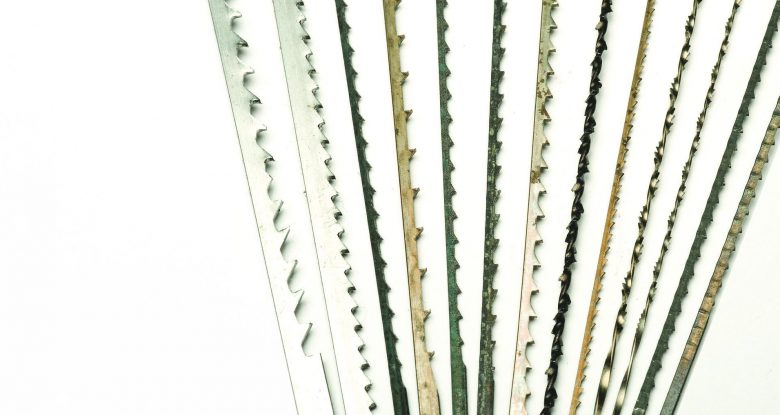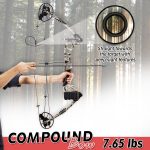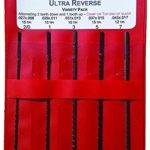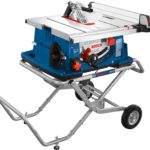Although having broken scroll saw blades is something common, it’s still possible to avoid it. The two major reasons why scroll saw blades break are pushing too hard and improper tension. To prevent this from happening, you should limit the pressure you apply during sawing.
The quality of the blade you choose is also essential. Getting the right blade for the right job is key. Below are some top reasons why scroll saw blades break:
1. Pushing too hard
If you push the blade harder and faster, the blade can easily twist and bow leading to breakage. Smaller blades are usually affected by this. For larger blades, bowing them makes them take longer to break.
The reason behind this is that wood is usually forced to the blade quickly compared to sawdust removal leading to increased friction. The heat produced as a result of friction makes the blade appear dull making it even weaker and susceptible to breakage.
To prevent this, you should use low forward pressure and ensure you ease up your blade to prevent bowing when the saw is cutting.
Also, in case you feel that you’re pushing hard and it doesn’t cut, ensure you check whether for proper blade installation. If it’s properly installed and still doesn’t work, move a step further to check if the size is right.
2. Improper tension
Having your scroll saw blade too tight or too loose is the leading cause for breakage. In most forums, it hasn’t been decided which is worse keeping the debate even more controversial.
Setting the blade properly will reduce its breakage. After its installation, you should check the tension level using your finger.
3. Inferior blades
Most cheap blades are prone to breakage simply because they’re made using stamped steel that becomes dull faster. Using these kinds of blades results in increased friction that causes more heat making the blade weaker and easy to break.
To avoid this, you should consider buying high-quality blades from reputable manufacturers who use quality materials to make the blades such as hardened steel. Such materials make long-lasting scroll saw blades.
Consider getting these high-quality blades although they seem a little more expensive. In the long run, you’ll get to see your value for money.
4. Type and size
Having a blade with the wrong size and type will easily cause breakage. Generally, small blades often break more easily compared to large blades especially when using them to cut certain hardwoods that are thicker.
To get the best scroll saw blade, ensure you go through the manufacturer’s guide to determine the best size depending on the type and thickness of your stock.
5. Defective or dirty blade holder clamps
When a blade holder clamp becomes loose, the blade starts slipping and thereby releasing a lot of tension that makes breaks the blade. All these could be as a result of residual oil or sawdust. These should be cleaned thoroughly. You’re also required to replace all screws in the holder clamps.
6. Corrosion
In most cases, scroll saw blades are a risk of getting rust and corrosion, especially if not stored properly especially if one lives in humid areas. To prevent corrosion, apply a thin coat of oil around the blade. You can also store your scroll saw blades in protective containers to prevent rust and corrosion.
7. Making tight turns
Making tight turns when using the saw without pivoting can make your blade to twist and break. The blade usually breaks in the middle. Therefore, to avoid this, you should always ease up the turning point and to ensure there’s no pressure on the blade.
These are some top reasons why the scroll saw blades break. Others include worn out blades and poor blade alignment.
How Long Does A Scroll Saw Blade Last?
There has been a lot of debates on this topic. However, scroll saw blades generally last between 15-45 minutes when running at moderate speed and depending on the type of wood. For most hardwoods, high speed is required leading to tension issues that shorten the lifespan of the blade.
However, you shouldn’t take how long the blade into consideration compared to its general performance. Other factors that determine the lifespan of a blade include lubrication, material, feed rate, storage, and speed.



